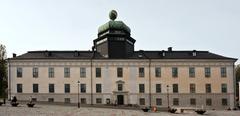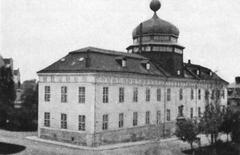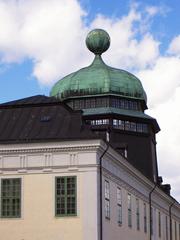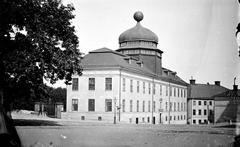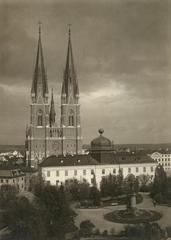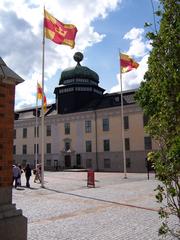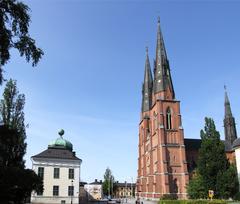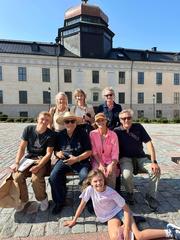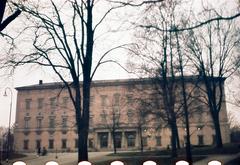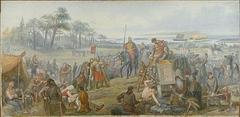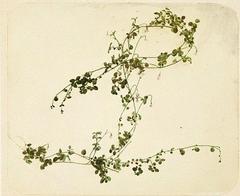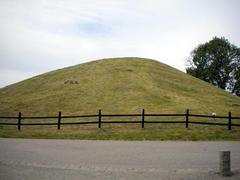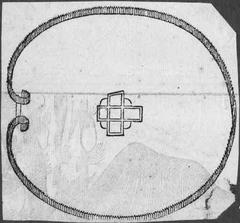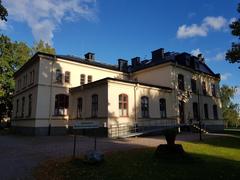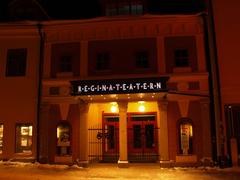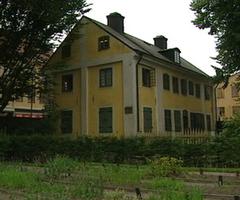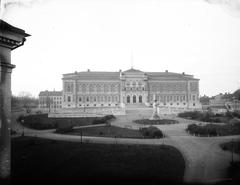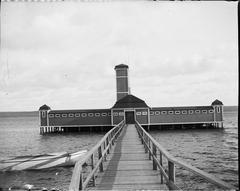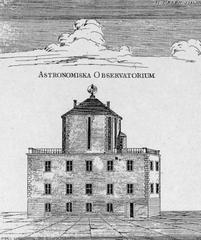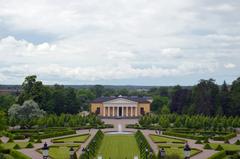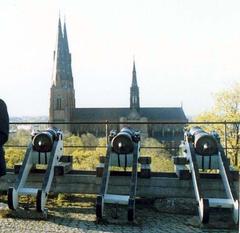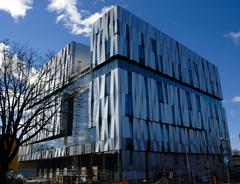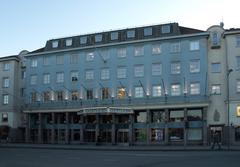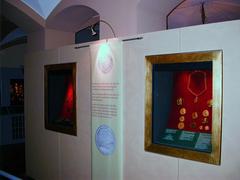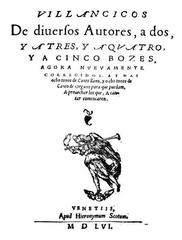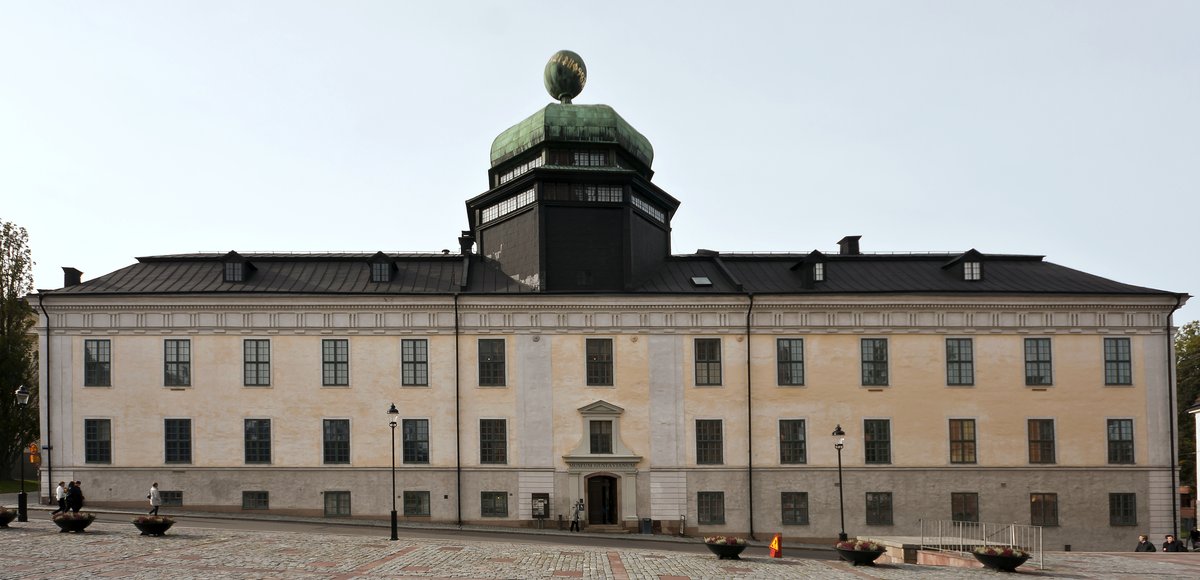
Gustavianum Uppsala: Visiting Hours, Tickets, and Historical Site Guide
Date: 14/06/2025
Introduction to Gustavianum and Its Cultural Significance
Nestled in the heart of Uppsala, Sweden, Gustavianum stands as a testament to centuries of academic excellence and scientific discovery. As the oldest preserved building of Uppsala University, founded in 1477, Gustavianum uniquely embodies the intellectual ambitions and cultural heritage of both the city and the nation. Originally constructed between 1622 and 1625 under the patronage of King Gustavus Adolphus, and designed by Dutch architect Casper Panten, Gustavianum served as an academic hub with lecture halls, student quarters, and a printing office. Over the centuries, it has survived significant events, including the Great Fire of Uppsala in 1702, and has played a pivotal role in scientific advancement, most notably with the addition of its iconic 17th-century anatomical theatre—one of the oldest surviving in Europe.
Today, Gustavianum is a modern museum that offers visitors an immersive journey into Swedish and European intellectual history. Its collections span Viking Age archaeology, Mediterranean antiquities, and the famed Augsburg Art Cabinet—a 17th-century curiosity cabinet featuring over a thousand objects. A comprehensive renovation completed in June 2024 has modernized Gustavianum’s facilities, introducing six new exhibitions and state-of-the-art technology, while carefully preserving its historic character.
Whether you are a history aficionado, a student, or a traveler exploring Uppsala’s historical sites, this guide provides essential information on Gustavianum visiting hours, tickets, accessibility, and the highlights of its exhibitions. Practical tips for planning your visit, details on guided tours, and nearby attractions are also included. For the latest updates, digital resources such as the Audiala app and the museum’s official channels are recommended. Embark on a journey through time and knowledge at Gustavianum, a cornerstone of Uppsala’s academic landscape (Uppsala University, Atlas Obscura, Scan Magazine).
Table of Contents
- Introduction
- History of Gustavianum
- Collections and Exhibitions
- Visitor Information
- Nearby Attractions
- Frequently Asked Questions (FAQ)
- Conclusion and Visitor Tips
- Sources and Further Reading
History of Gustavianum
Early Foundations and Royal Patronage (1620s–17th Century)
Gustavianum is the oldest preserved building at Uppsala University, its construction marking a revival in Swedish academic life. Commissioned by King Gustavus Adolphus in the early 1620s and completed in 1625, the building was designed by Casper Panten. It initially included a large lecture hall, student and staff accommodations, and practical features such as a printing office and storage for professors’ beer and wine—a reflection of academic life at the time (Uppsala University).
Architectural Evolution and the Anatomical Theatre
Under the guidance of Olof Rudbeck the Elder, a renowned scientist, the anatomical theatre was added in 1662–1663. Modeled after classical amphitheatres, this cupola-topped space allowed up to 200 spectators to witness dissections and medical demonstrations, illuminated by daylight from the dome’s windows. The theatre is the second oldest surviving anatomical theatre in the world (Atlas Obscura).
Surviving Turmoil and Changing Functions (18th–19th Century)
Gustavianum survived the Great Fire of Uppsala in 1702, which threatened the city and the university’s library. Throughout the 18th and 19th centuries, Gustavianum remained the university’s main building, with interior updates and the addition of an open stair lobby in the 1840s. Eventually, the university’s main activities moved to the new University Main Building in 1887 (Uppsala University).
Preservation and Museum Transformation (20th Century)
Major renovations in the 1920s enabled Gustavianum to host institutions like the Victoria and Uppland Museums. In 1935, it was designated a protected historical monument. The anatomical theatre was restored in the 1950s, and by 1997, Gustavianum was fully established as a museum, opening its doors to the public to showcase Uppsala University’s collections (Uppsala University).
Renovation and Modernization (21st Century)
A five-year renovation, completed in 2024, modernized Gustavianum’s infrastructure, expanded exhibition space, improved accessibility, and introduced advanced digital and lighting systems. The main entrance now faces University Park, and the anatomical theatre’s dome was restored with new copper (Scan Magazine).
Collections and Exhibitions
The Anatomical Theatre
One of Gustavianum’s most iconic features, the anatomical theatre, offers a rare glimpse into early empirical medical education. The steeply tiered amphitheatre was used for public dissections and lectures—a revolutionary practice in 17th-century Europe (Atlas Obscura).
The Augsburg Art Cabinet
A highlight of the museum, the Augsburg Art Cabinet is a 17th-century cabinet of curiosities gifted to King Gustav II Adolf in 1632. It contains thousands of hidden objects, from scientific instruments and artworks to natural specimens, exemplifying the Enlightenment spirit of inquiry (Destination Uppsala).
Archaeological and Historical Collections
Gustavianum’s permanent displays present:
- Viking and Early Medieval Artifacts: Discover finds from the Valsgärde burial site and other local excavations, illuminating Scandinavian life and craftsmanship.
- Ancient Egypt and Mediterranean Antiquities: Artifacts from university-led excavations, including mummies, funerary objects, and tools from ancient Egypt, Greece, and Rome (Uppsala University).
- Numismatic Collection: Coins and medals tracing the economic and political history of Sweden and beyond.
History of Science and University Life
Exhibitions showcase scientific instruments, manuscripts, and memorabilia from prominent figures such as Celsius and Linnaeus. Interactive displays and audio guides provide context and engagement (Destination Uppsala).
Temporary and Thematic Exhibitions
Gustavianum’s rotating exhibitions address topics from portraiture to the evolution of science, often reflecting ongoing research or contemporary debates. Audio guides, microstories, and digital interactives enrich the visitor experience (Uppsala University Gustavianum).
Visitor Information
Location and Getting There
- Address: Akademigatan 3, 753 10 Uppsala
- Directions: Centrally located opposite Uppsala Cathedral and adjacent to University Park. Easily accessible by foot, bicycle, or city buses. Parking is limited (Uppsala University Gustavianum).
Visiting Hours
- 1 June – 31 August: Daily, 11:00–17:00
- 1 September – 31 May: Tuesday–Friday, 12:00–17:00; Saturday–Sunday, 11:00–17:00; closed Mondays
- Special holidays: Check the official website for updates.
Tickets and Admission
- Adults: SEK 90
- Students/Seniors: SEK 60
- Children under 18: Free
- Family/Group rates: Available
- Purchase tickets online or at the entrance. Online booking is recommended during peak season. Guided tours may require separate registration (Destination Uppsala Events).
Accessibility
- Wheelchair accessible with ramps, elevators, and accessible restrooms.
- Assistance for visitors with special needs; service animals welcome.
- Exhibition texts and materials available in easy-to-read formats.
Facilities
- Cloakroom: Lockers and coat racks
- Restrooms: Modern, accessible
- Museum Shop: Books and souvenirs
- Wi-Fi: Free for visitors
- Café: No café onsite, but many options nearby
Guided Tours and Events
- Summer: Three guided tours daily—at 11:15 and 13:00 in English, 15:00 in Swedish. No advance booking; included with admission.
- September–May: Weekend tours available.
- Group visits: Book in advance for educational programs or special tours (Amber Everywhere).
Tips for Visitors
- Best times to visit: Early mornings or late afternoons on weekdays are least crowded.
- Duration: Allow 1.5–2 hours to explore.
- Photography: Non-flash photography allowed unless otherwise posted.
- Nearby attractions: Combine your visit with Uppsala Cathedral, Carolina Rediviva Library, and the Linnaeus Garden (Tourist Places Guide).
Frequently Asked Questions (FAQ)
Q: What are Gustavianum’s opening hours?
A: Open daily during summer; Tuesday–Sunday the rest of the year. Check the official website for seasonal updates.
Q: How do I buy tickets?
A: Purchase online or at the entrance. Group and tour bookings can be made in advance.
Q: Is the museum accessible?
A: Yes, with ramps, elevators, and accessible restrooms.
Q: Are guided tours available?
A: Yes, three daily in summer and on weekends during the off-season.
Q: Can I photograph exhibits?
A: Yes, except where otherwise indicated.
Conclusion and Visitor Tips
Gustavianum is a must-see for anyone interested in academic, scientific, and cultural history. Its blend of historical architecture, world-class collections, and modern amenities makes it a standout among Uppsala’s historical sites. For the best experience, check updated visiting hours and ticket options, consider joining a guided tour, and use the Audiala app for enhanced engagement. Its central location and accessible facilities make it easy to explore alongside other key Uppsala attractions.
Sources and Further Reading
- Uppsala University, Gustavianum Museum History
- Atlas Obscura, Gustavianum Museum
- Scan Magazine, Gustavianum Renovation and Exhibitions
- Destination Uppsala, Gustavianum Activities
- The Crazy Tourist, Best Things to Do in Uppsala
- Uppsala University, News on Gustavianum Collections and Exhibitions
- Destination Uppsala Events, Guided Summer Tours at Gustavianum
- Visit Uppsala, Gustavianum Visitor Information
- Amber Everywhere, What to See in Uppsala
- Tourist Places Guide, Top Tourist Attractions in Uppsala
For the latest updates, download the Audiala app and follow Gustavianum on social media. Plan your visit today and immerse yourself in Sweden’s academic and cultural heritage!
